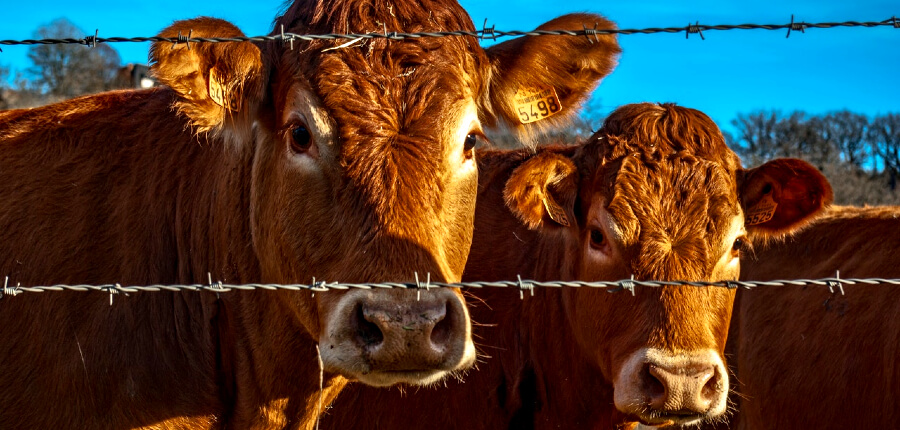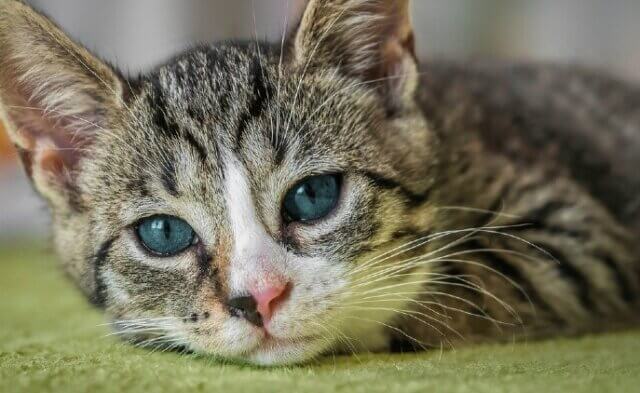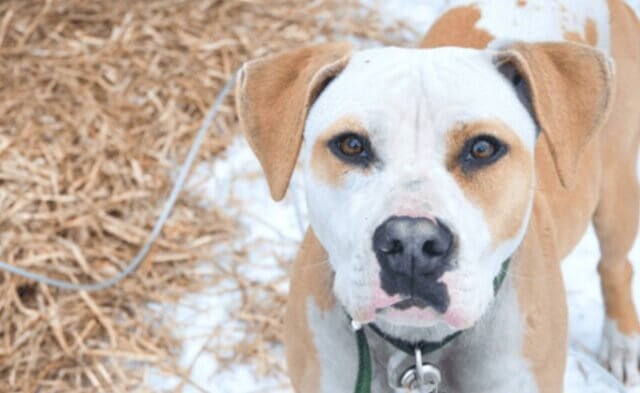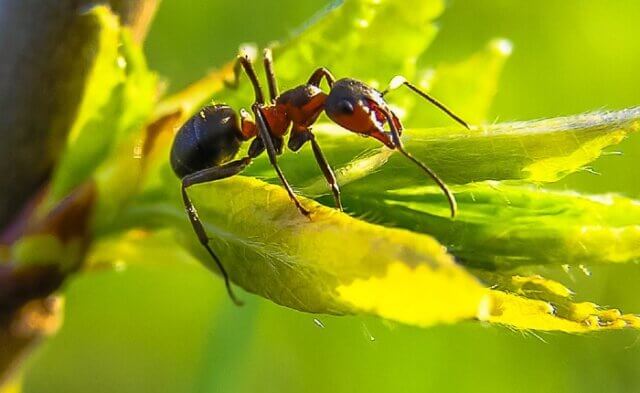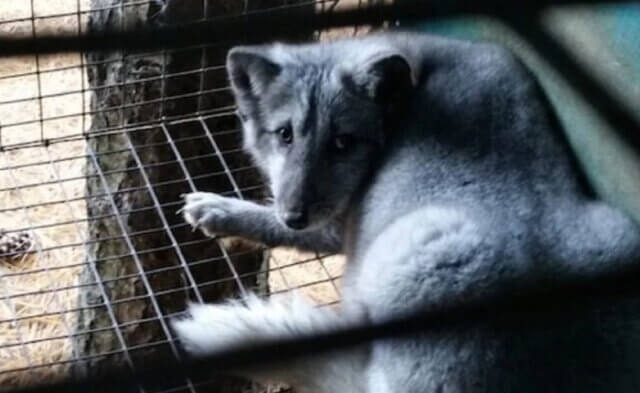If you plan to spend the day after Thanksgiving shopping, buyer beware: You could be purchasing stolen goods. Many handbags, wallets, gloves, shoes, boots, belts, jackets and other items have been heisted from their rightful owners. But there’s an easy way to ensure you aren’t buying stolen property: Just check the label. If it says “leather” (or wool, cashmere, feathers or anything else that belongs to an animal), leave it on the rack.
Nov. 29 is “Free the Animals” Friday, and PETA supporters will be stationed at stores across the country to remind shoppers that leather is someone’s skin and that it belongs on the animals who were born with it-not on our holiday gift lists.
Each one of the billions of animals killed for leather and other clothing every year is an individual. Some cows, for example, love adventures, while others prefer to stay home. There are Considerate Claras and Bossy Bessies. Cow friendships are intense; grudges are long held; and herds choose leaders based on their social skills and experience, not how big or brash they are. The loving bond between a mother cow and her calf is particularly strong. If their babies are taken away, as they are on dairy farms, mother cows will cry out and search frantically for days.
Yet the leather industry treats these individuals as if their lives are worthless and their bodies are there for the taking. Most cows killed for their skins endure a miserable nose-to-tail existence crammed together with hundreds or thousands of others, sometimes up to their ankles in feces. Farmers inflict third-degree burns on them with branding irons, chop off their tails and sear off their horns-all without so much as an aspirin to ease their pain. Many cows are still conscious when they are skinned in slaughterhouses.
And cows aren’t the only fashion victims. Pigs, goats, sheep, alligators, ostriches and kangaroos are killed for their skins, too. So are cats and dogs in China, which exports their skins globally-and because leather labels don’t usually specify species, there’s no way to know that those boots weren’t made from Boots or Buddy.
The leather industry steals so much, but what does it give in return? Pollution. Loads and loads of it-from the swimming pools worth of waste that farmed cows produce to the chemicals needed to prevent leather from decomposing.
Leather is dead skin. If those gift-wrapped leather bags and gloves hadn’t undergone the toxic tanning process, they’d rot right inside their boxes.
Some companies try to con consumers by slapping trendy buzzwords like “recycled,” “regenerative” or “sustainable” on leather items, but that’s just greenwashing. The tanning process requires massive amounts of energy and dangerous chemicals, including mineral salts, formaldehyde, coal-tar derivatives and various oils, dyes and finishes-some of which are cyanide-based. Waste from tanneries is loaded with pollutants, including salt, lime sludge, sulfides and acids. These toxins can pollute waterways and kill the animals who live in them.
Leather also fuels the climate catastrophe. In the Amazon, deforestation from cattle ranching (including cows used for leather) is responsible for the release of 340 million tons of carbon into the atmosphere each year. According to the Higg Materials Sustainability Index, leather made from cow’s skin contributes more to water pollution, water depletion, greenhouse gas emissions and global warming than any synthetic or vegan leather.
Vegan leather goods made from apples, cactus, mushrooms, mangoes, tree bark and other animal- and Earth-friendly materials are chic, durable and easy to find in stores and online. Who wouldn’t be thrilled to unwrap a pineapple leather purse, a bamboo leather backpack, grape skin gloves or a mushroom leather moto jacket?
Shopping vegan means you can feel good, knowing that your purchases aren’t stolen goods and that they didn’t make anyone suffer. This “Free the Animals” Friday (and every day), leave leather off your list and let animals keep their skins.

